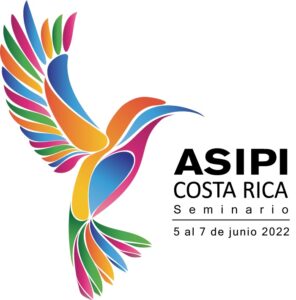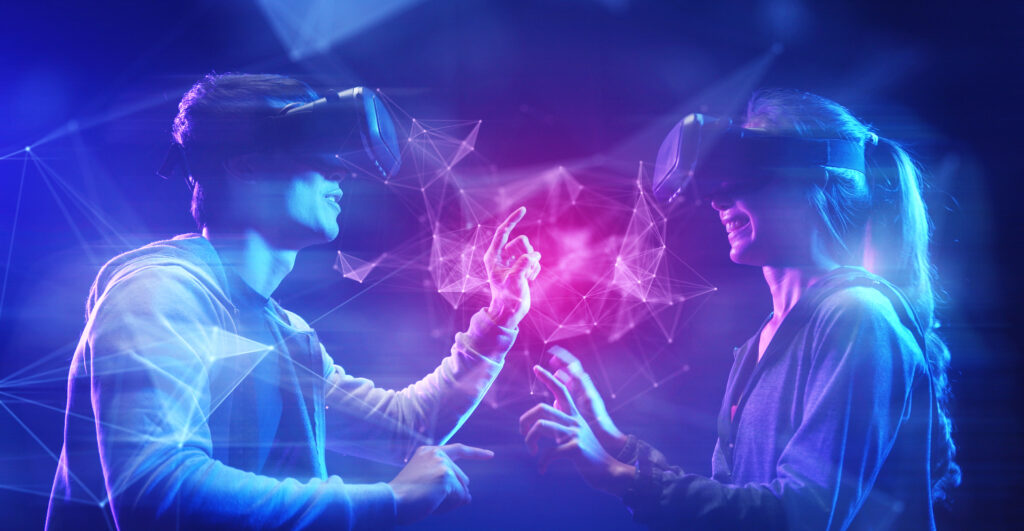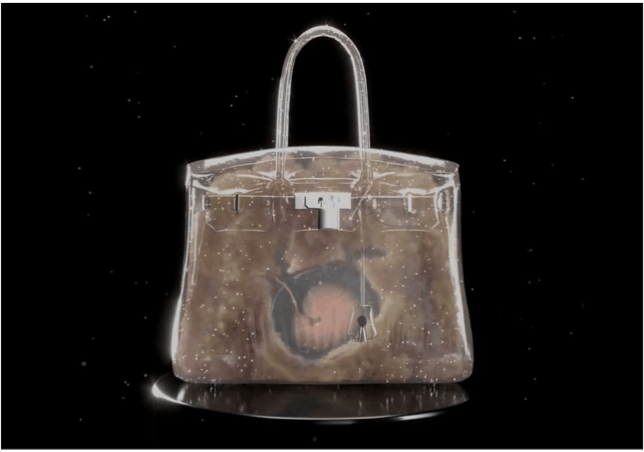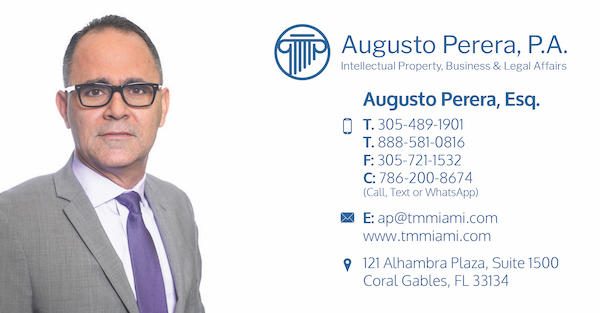Recently we had an opportunity of participating on the Seminar “METAVERSE, THE NEW FRONTIER OF INTELLECTUAL PROPERTY MYTH OR REALITY? Organized by the Inter-American Association of Intellectual Property in Costa Rica.
During 3 intensive days of conferences, by experts in the filed, we learned about the challenges intellectual property owners are facing in this new frontier.
What exactly are the metaverse and Web3.
Web 1.0 was the read-only, Static Web of 1991-2004, where most internet users were consumers.
Web 2.0, the “Social Web,” moved the internet from static pages (designed for passive consumption of information) to more interactive experiences.
Web3 is a new iteration of the world wide web that hosts decentralized apps that run on blockchain technology. Web 3.0 would be immersive experiences in the metaverse.
The Metaverse; Basic definitions of the metaverse indicate that “A metaverse is a network of 3D virtual worlds focused on social connection”. The Metaverse does exist in the virtual world on platforms such as Sandbox, Decentraland, Roblox, and Fortnite.
Intellectual Property issues are already happening in the virtual world that could define its future.
Recently Nike filed a lawsuit against StockX, a Detroit sneaker exchange. Nike is alleging that StockX is minting NFTs that use Nike’s trademark, capitalizing off Nike’s goodwill and consequently, misleading customers as to “heavily inflated prices of unsuspecting customers.”
StockX has argued it uses NFTs to track ownership of physical products.
On the other hand, Hermès has also filed a lawsuit against Rothschild’s MetaBirkins arguing that their NFTs infringe upon the luxury brand’s Birkin mark.
Rothschild has asserted a “fair use” defense under the First Amendment, specifically referencing Andy Warhol’s Campbell Soup Cans series as justification for why he should be able to continue marketing and promoting his MetaBirkins NFT collection.
The outcome of these cases will determine the future of the metaverse in a decentralized world. We will follow these cases and will bring you updates along the way.
In the meantime, what can Intellectual Property holders do?
- Filing for protection of your intellectual property existing in the physical world for virtual goods and services.;
- Positioning your brands and artworks in the virtual world by taking your real life and real-world goods and services to the virtual world to stop third parties from misusing your brand in the virtual world; and
- Constantly monitoring, both the physical and virtual world, for potential infringing activities and take actions against those who infringe on your brands.
I’d like to help by advising you on how to protect your intellectual property rights both in the physical and virtual world, monitor your brands for potential infringing activities, and subsequently enforce those rights.






